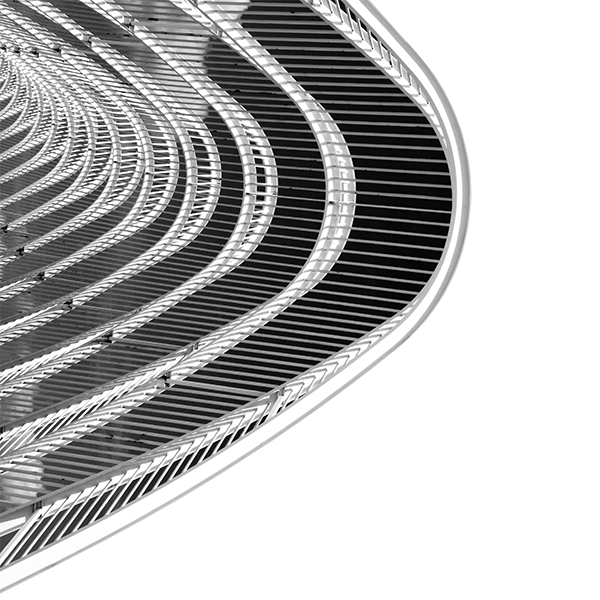Pyro Heating
In terms of safety of mission, air and space pyrotechnic and ordnance components are of primary concern on many aerospace vehicles. In this context, pyrotechnic and ordnance components refer to explosives which are designed to ignite at certain predetermined stages of a mission. For example, the ordnance may allow a rocket to drop sections of the space vehicle as they become unnecessary during the flight and thereby save weight. The unintended ignition of ordnance systems can have disastrous consequences, since the vehicle would prematurely eject entire sections of the rocket.
To protect against unintended ordnance ignition, one of the factors to consider is the energy deposited in the form of heat when lightning strikes. EMA® has a simulation suite that can evaluate both the currents induced on ordnance and the subsequent rise in temperature when lightning strikes.
However, the question remains: How hot is too hot? The answer to this question depends sensitively on the specific design of the ordnance of interest, but many pyrotechnic components are at risk when the temperature reaches on the order of a few hundred degrees Celsius (C).
In the example of lightning component C heating on six fasteners connecting titanium and composite panels, we found the surrounding material could heat by as much as 40 C. However, in that example, the current was assumed to distribute equally among all the fasteners. If the fasteners were poorly designed such that a few fasteners had much higher impedance than others, it is possible that the current might concentrate on one or two fasteners rather than distribute on all six.
If the current was concentrated on two fasteners instead of six, the heating would increase by a factor of about nine. The factor of nine results since the heating source is proportional to the current squared, and the current will go up by a factor of three when it is concentrated on two fasteners instead of six. The surrounding material would then heat by about 360 C instead of 40 C which is hot enough to threaten the ordnance.
This simple analysis shows the importance of careful engineering and analysis when protecting aerospace vehicles against accidental ordnance and pyrotechnic ignition due to lightning strikes.
Contact us for more information about how EMA® can help your team understand and protect against the direct effects of lightning.


